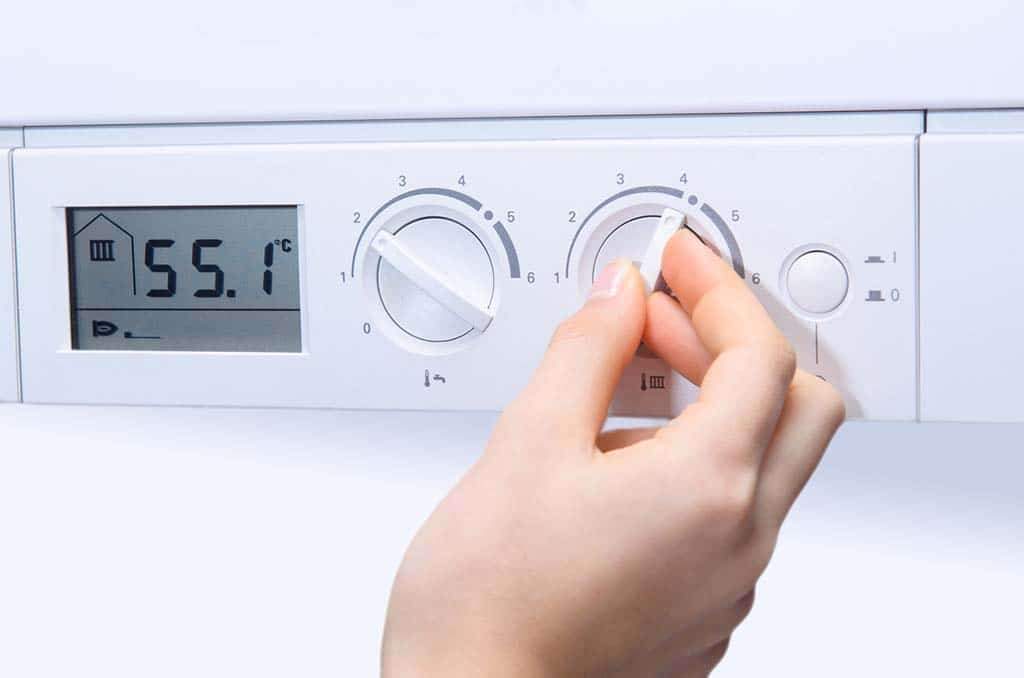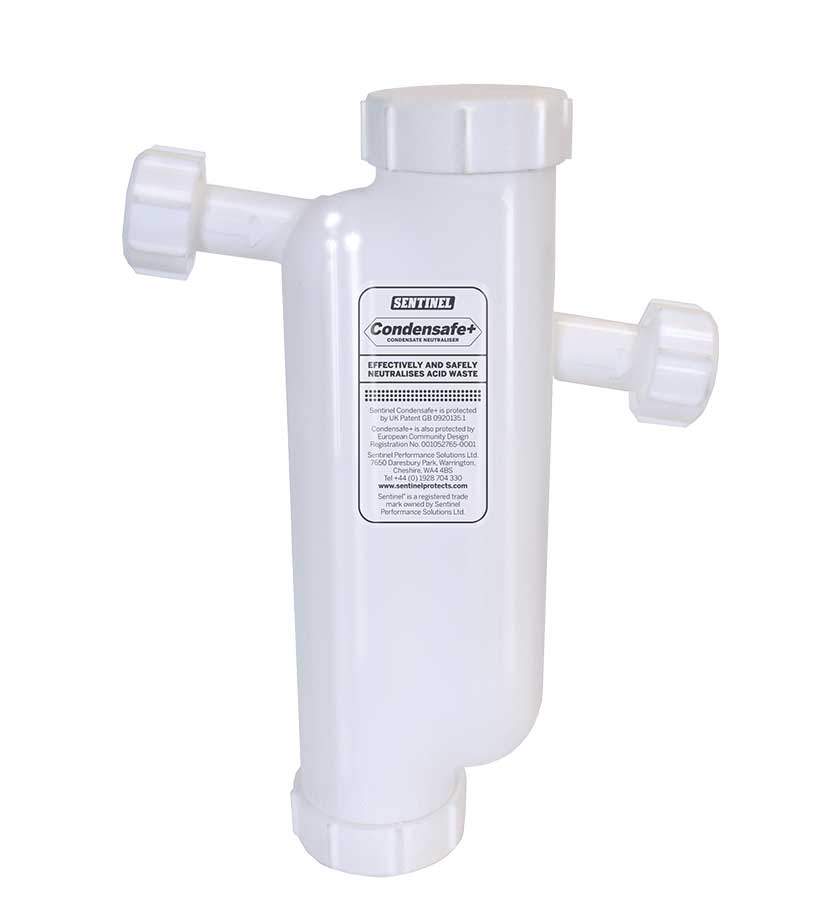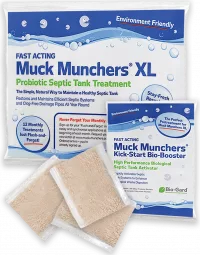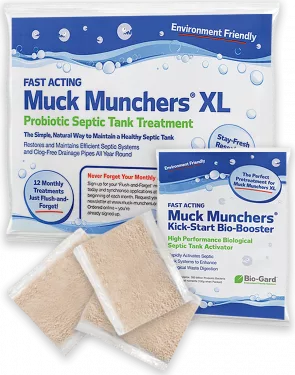Why Are Condensing Boilers Bad for Septic Tanks?
Do you own a condensing boiler? What about the septic tank? Are condensing boilers bad for septic tanks?
The bottom line is, unfortunately, condensing boilers and septic systems do not work well together. The bad side to this is that the government has streamlined boiler provisions so that the vast majority of modern homes now have condensing boilers – this is because they are considered more efficient and less costly to run.

While that is great on one hand, it is bad news for your septic tank system. What many people may not realise is that the condensate delivers serious problems to the bacteria in your tank – and when your bacteria’s at risk, so is the efficiency of your wastewater treatment system. Unfortunately, that means you’re going to end up having to pump out your tank more often than necessary. At £150 to £200 a time, it truly is an avoidable expense.
In this guide, we’ll take a look at exactly why there are so many issues with condensing boilers and septic tanks, and why you should always be very careful when using the two together. Ultimately, it’s all about making sure that the waste you flush away is continuing to receive the treatment and breakdown it demands.
What is Boiler Condensate and Why are Condensing Boilers Bad for Septic Tanks?
Condensing boilers, thanks to the government regulations set up over the years, are now extremely common. That means more and more of us are unintentionally allowing boiler condensate to seep into the waste supply. On the face of things, that’s unlikely to bother you too much – but for the bacteria in your septic tank, it’s a nightmare.
Crucially, you must keep in mind that condensate is a by-product of these types of boilers that proves to be highly acidic. That means it has a very low pH. It also means that your boiler is kicking out nitric acid by the gallon-load, which is only ever going to risk you killing off the tank bacteria.
The bacteria in your septic tank are crucial to breaking down any waste you flush or siphon through. Were it not for the bacteria and microbes, you would be looking at pumping out your tank far more regularly. That’s time, money and effort none of us want to spend.
Boiler condensate, however, is a by-product that can be neutralised. We’ll take you through this in a little more detail below. Ultimately, boiler condensate is something that can’t be avoided if you have the correct installation.
Do I Have a Condensing Boiler?
The government’s boiler regulations require that boilers powered by gas, post-2005, need to be condensing models. Therefore, if you’ve had a new gas boiler installed since that time, you very likely have a condensing boiler.
The same roughly applies to oil boilers. If you’ve had a new oil boiler fitted since 2007, then it will also be a condensing model. All of these regulations apply to replacements as well as completely new builds.
Of course, there are a couple of other things to keep in mind. The above does not cover the whole of the law that was brought into effect – it’s a little more complex than that! However, this is a simple breakdown that’s recommended to home users. What’s more, there may be a chance that you already have a condensing boiler, and that this was set up long before the new laws came into effect.
If you are in any doubt consult your heating engineer or supplier, or the manual that you should have received at installation. There should also be a wealth of information available to you online, providing you have the make, model and serial number of your boiler handy.
Why Boiler Condensate Should Not Enter Your Septic Tank
We’ve already covered this in a little detail above, but it is worth repeating – you should, under no circumstances, let boiler condensate enter your septic tank or waste system. That is, unless, you have a neutraliser.
Boiler condensate is notoriously acidic. It’s on the lower end of the pH scale, below 7, which means it’s going to pose serious problems for your bacteria. Your septic tank is likely to be one of the very few places where you will actually want to keep bacteria alive and thriving.
The reason for this is because you need those microbes to actively digest and break down any waste that enters your system. Without bacteria available to break down the solids, your system is going to start backing up.
That’s going to lead to some serious problems – for one, it will mean that your tank may start smelling foul.
On top of that, if boiler condensate kills off your bacteria, then you’re going to need to pump that waste out. Septic tank pumping is costly and, unless it’s every five years or so, often completely unnecessary. Maintaining your septic tank efficiently means you’ll most likely only have to pump out about twice each decade. It really pays to keep it healthy.
So – not only should you be thinking about topping-up your tank with Muck Munchers to get the septic sludge down, but you should also be sure to avoid pumping any condensate into your tank or septic system. That’s not necessarily going to seem easy on the face of things, so it’s worth clueing yourself up on what to do next.
What You Can Do if You Have a Condensing Boiler and Septic Tank
Unfortunately, if you have a condensing boiler with untreated condensate draining directly into your septic tank, you may not realise until it’s too late. However, there’s absolutely nothing to say that you can’t start making that condensate more palatable for the bacteria in your system. To do that, you’re going to need to reduce the acid levels in the tank.

Photo kindly supplied by Sentinel
How Do You Neutralise Boiler Condensate in Your Septic Tank?
Neutralising the acidic condensate that seeps into your septic tank is as easy as having an active neutraliser fitted to your system. This is a simple piece of plumbing hardware fitted to your boiler that reduces pH levels to a safe point (usually 6.5 or 7 on the PH scale, though it can travel into the alkaline zone all the way up to 10).
This type of system can be a permanent fit, although it will need refills and servicing. The neutraliser works by keeping the channels for the condensate to flow through open, albeit at a higher pH. Therefore, the only thing you are actively altering is the harm potential. You’re making it safe for condensate to travel into your septic tank, and therefore not kill off your bacteria in the process.
The first thing to do is to check that you have a Neutraliser Unit fitted. If you have one then look for a small unit, connected to the ‘Condensate’ drainpipe from the boiler, likely to be labelled with ‘Condensate Neutraliser’ or similar.
How Often Should You Neutralise the Condensate in Your Septic Tank?
You should only need to fit a neutraliser once, though this may vary from brand to brand. The frequency between service and refills will vary – meaning that it is a good idea to reach out to the manufacturer or seller before you go ahead and set up for the first time.
Neutralising isn’t something you should need to worry about too often once you have a system fitted. However, if you do notice that your tank is backing up more quickly than usual, or that you are developing a surface crust or more sludge, then you should check that the neutraliser is working effectively. Again, this will be a matter for you to take up with your service engineer or the manufacturer.
Using Muck Munchers with a Neutraliser
Once you have a neutraliser in place, there are no reasons why you won’t be able to use Muck Munchers alongside it. Muck Munchers will boost the bacteria and digestion rates – providing your neutraliser system is actively protecting your bacteria from dying then they will continue to optimise waste, reducing pump-out frequency, cost, unpleasant odours and potential soakaway damage.
Conclusion
Neutralising your septic tank’s condensate will have major benefits, so do check that your gas or oil boiler is fitted with a neutraliser unit. Muck Munchers, of course, will always help you maintain a healthy bacteria population, providing your condensate is at a safe pH level.










